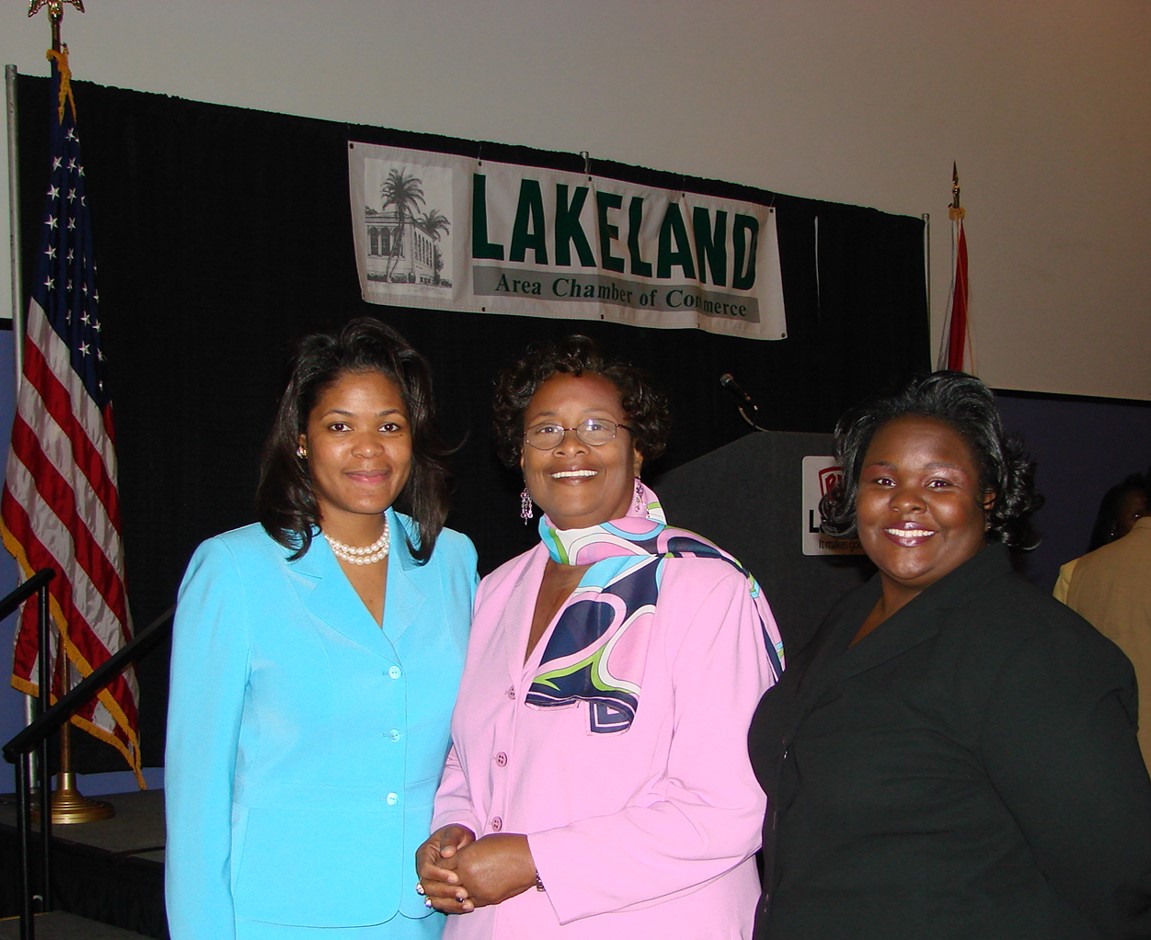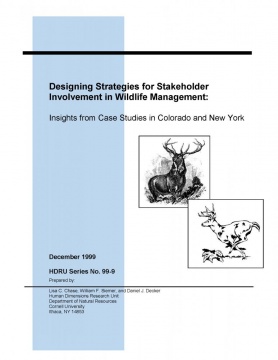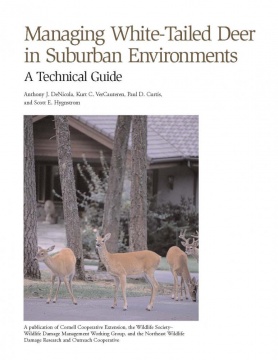 Formal and informal leaders initiate community discussion about deer management, provide structure and resources for local decision-making processes, and provide the leadership necessary to sustain community-based deer management efforts despite challenges such as limited resources and navigating stormy political waters.
Formal and informal leaders initiate community discussion about deer management, provide structure and resources for local decision-making processes, and provide the leadership necessary to sustain community-based deer management efforts despite challenges such as limited resources and navigating stormy political waters.
Involvement of elected leaders, such as town officials, is important because it legitimizes efforts to address local deer management issues. Informal leaders who volunteer to participate in decision making also are crucial for effective collaborative processes. These individuals often are known and well-respected by some members of the community, make personal connections with people, and therefore exert influence and lend credibility to grassroots citizen initiatives. Community leaders:
- foster essential working relationships (e.g., partnerships and informal networks)
- create decision-making processes with sufficient credibility among stakeholders
- secure resources (financial, technical, legal, facilitative) needed as all stages of community-based deer management
- serve as a conduit between residents and local government
- set a general timeline for the CBDM decision-making process
- elected leaders may need to initiate any legal changes necessary for deer management, e.g., discharge ordinances
- during implementation, elected leaders may need to apply for damage permits or obtain permission for access from landowners within the community



